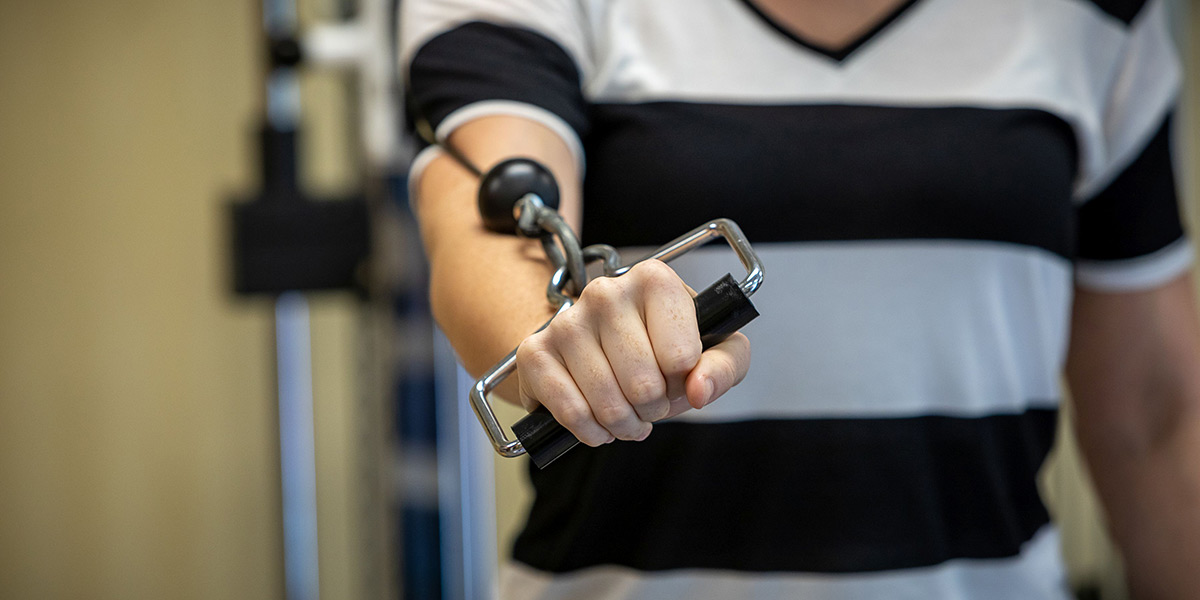
Cancer Rehabilitation
Physiotherapists are involved in improving the lives of cancer patients and are there to help you maintain your strength, physical function and mobility, during and after cancer treatment.
The American Cancer Society recommends people undergoing cancer treatment, and cancer survivors, perform consistent physical exercise to decrease fatigue, and improve the ability to perform normal daily activities. Studies show that exercise can improve an individual’s chances of surviving cancer. Physical therapists can design individualized exercise and treatment programs to reduce or prevent many cancer-related problems.
Specifically, our therapists are certified to address:
Comfort and well-being
Cancer and cancer treatments can cause symptoms such as pain, burning sensations, numbness, tingling (neuropathy), cramps, spasms, and weakness. Our physical therapist may apply hands-on techniques (manual therapy), modalities or teach you exercises to help decrease your pain, improve your function and alleviate your symptoms.
Lymphedema and swelling
Some cancer treatments can result in lymphedema (swelling in the arms or legs) or other types of swelling. Your physical therapist can use several methods to reduce, control, and prevent lymphedema and swelling, such as specialized gentle massage, special movements and exercises, and application of compressive garments such as arm sleeves, gloves, and leg stockings.
Surgical incisions
After surgery, they can help with the healing of the incision site, improve circulation, reduce pain, and minimize scarring.
Breast cancer Rehabilitation
Specific physiotherapy interventions have been developed for breast cancer clients and survivors. This holistic approach may involve:
- Post-mastectomy exercises and education
- Identification of early signs of lymphedema
- Incision and scar tissue release
- ‘‘Cording’’, fascia and muscle release
- Joint mobilizations which may involve the shoulder, ribs, cervical and thoracic spine
- General conditioning post cancer treatments
- Acupuncture
- Recommendations on compressive garments and sleeves
